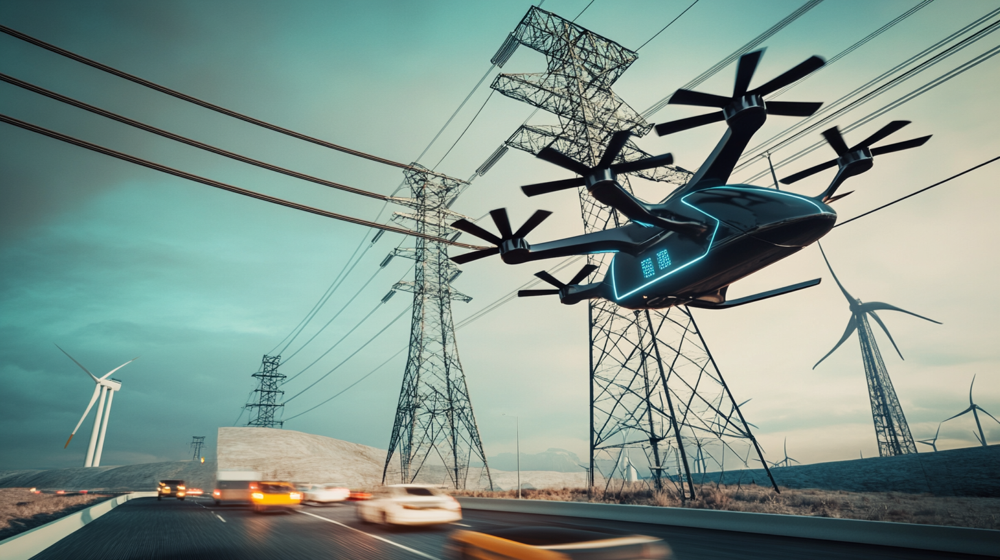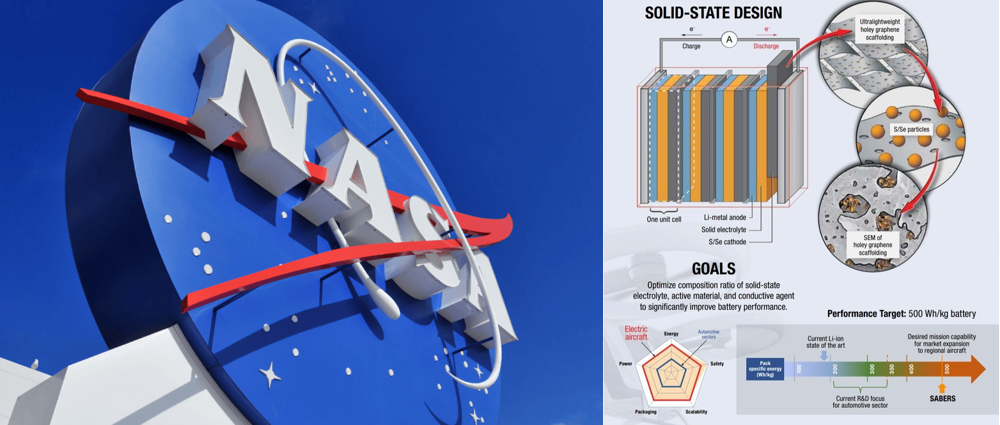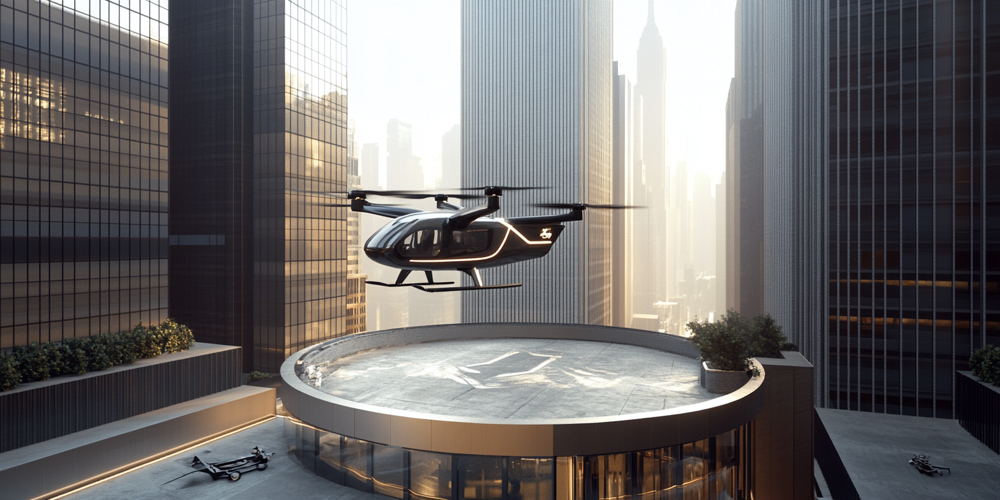The future of advanced air mobility (AAM) relies on groundbreaking eVTOL aircraft and robust and innovative power infrastructure. Vertiports, the hubs for these electric aircraft, face significant energy challenges as they transition from concept to commercial operation.
eVTOL News | Electric Aircraft News | Advanced Air Mobility News
News
The introduction of NASA’s sulfur selenium solid-state battery is a game-changer in the quest for sustainable aviation. This innovation, spearheaded by the agency’s Solid-state Architecture Batteries for Enhanced Rechargeability and Safety (SABERS) project, addresses critical challenges in energy storage, safety, and performance for electric aircraft. By redefining the capabilities of battery technology, this breakthrough can accelerate the adoption of Advanced Air Mobility (AAM) and electric vertical takeoff and landing (eVTOL) systems.
Beyond Aero, a French startup founded in 2020, is developing a hydrogen-electric business jet, the BYA-1 (also referred to as "One"). Designed as a clean-sheet aircraft optimized for hydrogen propulsion, the BYA-1 aims to decarbonize private aviation without compromising performance or luxury. With a targeted entry-into-service date before 2030, This concept aircraft represents a potential contribution to zero-emission air travel.
Honeywell and NXP showcased an expanded collaboration at CES 2025 to develop advanced flight controls and accelerate the emergence of next-generation flying vehicles. This partnership builds on an existing relationship focused on optimizing building management systems. It has ventured into the aerospace domain to drive innovations in autonomous flight, enhanced data processing, and real-time AI-driven insights.
Today, Fixed Base Operators (FBOs) are redefining excellence in business aviation through a strategic fusion of technological advancement and customized service delivery. As these business aviation service centers deploy sophisticated AI systems and predictive analytics, they're not just modernizing operations; they're fundamentally reimagining the private aviation experience through a careful balance of digital innovation and personalized.
Shanghai has adopted a comprehensive strategy to develop its low-altitude economy through the Action Plan for the High-Quality Development of Shanghai’s Low-Altitude Economy Industry 2024–2027. The city is poised to become a global leader in advanced air mobility by building a robust ecosystem that spans research, manufacturing, and commercial applications of low-altitude aircraft. The initiative focuses on urban aerial services, eVTOL aircraft, drone logistics, and a modern regulatory framework that supports growth and innovation.
Chinese startup Fengfei, known as AutoFlight in the West, has secured a production certificate from the Civil Aviation Administration of China (CAAC) for its V2000CG Carry-All autonomous cargo aircraft. This certification, awarded on December 24, 2024, marks the world’s first production approval for an eVTOL exceeding 1,000 kg (2,205 lbs), with the aircraft’s gross weight capped at 2,000 kg (4,400 lbs). With this certification, AutoFlight is set to accelerate mass production, secure individual aircraft certifications, and enhance deliveries and after-sales services, further advancing its position in the eVTOL industry.
Recent Federal Aviation Administration research has revealed significant safety concerns regarding electric vertical take-off and landing (eVTOL) aircraft operations. According to their December 2024 report “Electric Vertical Take-off and Landing (eVTOL) Downwash and Outwash Survey,” these aircraft can generate downwash and outwash (DWOW) forces equivalent to hurricane-force winds, exceeding current safety threshold guidelines.
EHang Holdings, a leading Chinese eVTOL (electric vertical takeoff and landing) company, has launched an innovative automated takeoff and landing facility in Shenzhen's Luohu Sports and Leisure Park. This infrastructure supports the commercial operations of their pilotless EH216-S electric aerial vehicle (EAV), marking a significant advancement in urban air mobility (UAM).
Skyscraper Vertiports: Converting Highrise Buildings and Parking Structures for Vertiport Operations
Vertiports are specialized infrastructure facilities designed for electric vertical take-off and landing (eVTOL) aircraft. They are essential in the emerging Advanced Air Mobility (AAM) initiative. These innovative facilities can be integrated into existing structures, such as skyscraper rooftops and parking structures.
- 2025 outlook for vertiport and advanced air mobility industry
- EHang post positive Q2 2024 financial result
- AAM Advanced Air mobility training: Advanced Air mobility and Vertiport Design and Operations educational programs 2024
- China Forms Low Altitude Economic Alliance.
- Lyte LA-44 SkyBus: Next-Generation Regional Aviation aircraft with Hydrogen-Electric VTOL Technology
- Minnesota Approves Jetsons Law. Legislation regulating flying cars
- Advanced Air Mobility: Billion dollar Market Potential
- Advanced Air Mobility (AAM) Announcements at the 2024 Farnborough Air Show
- The Low-Altitude Economy Explained: The dramatic Transformation of urban air space
- The Moller SkyCare: A Visionary idea That Inspired the eVTOL Revolution









